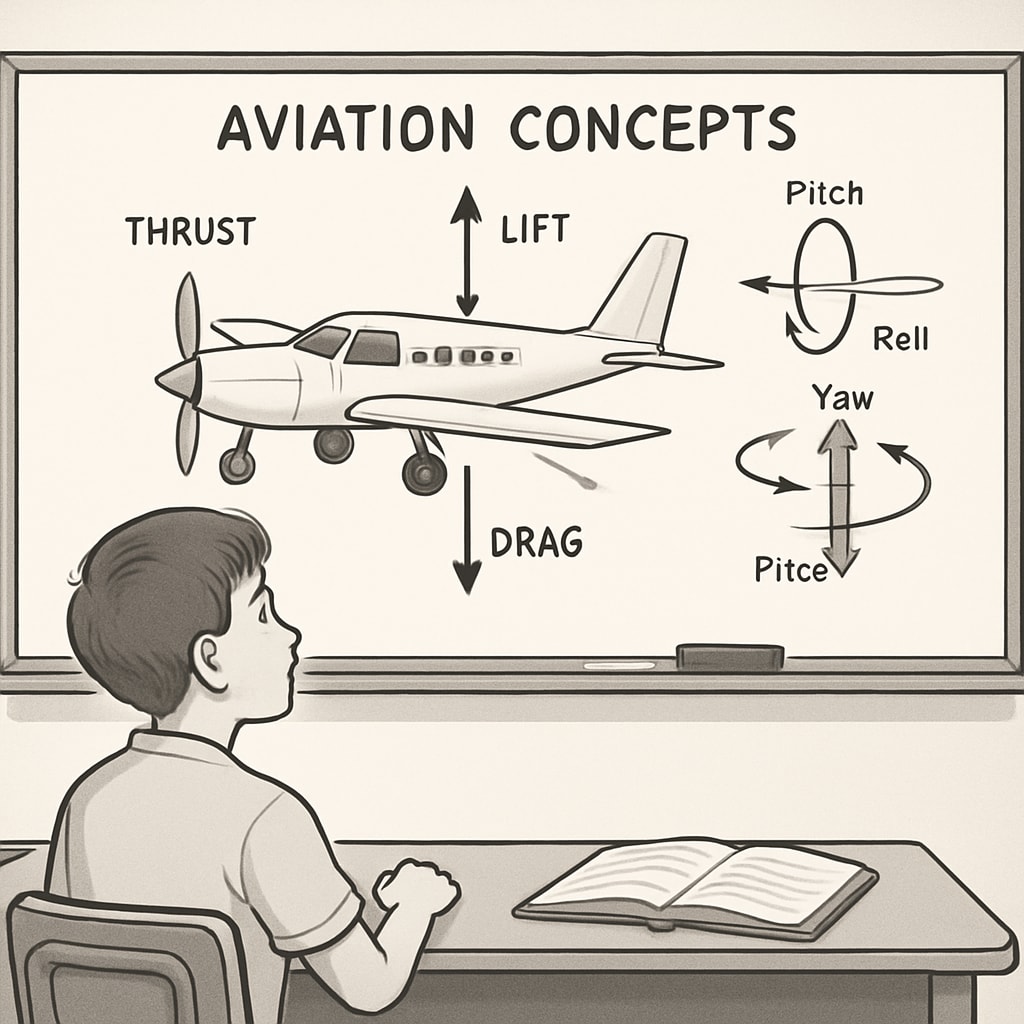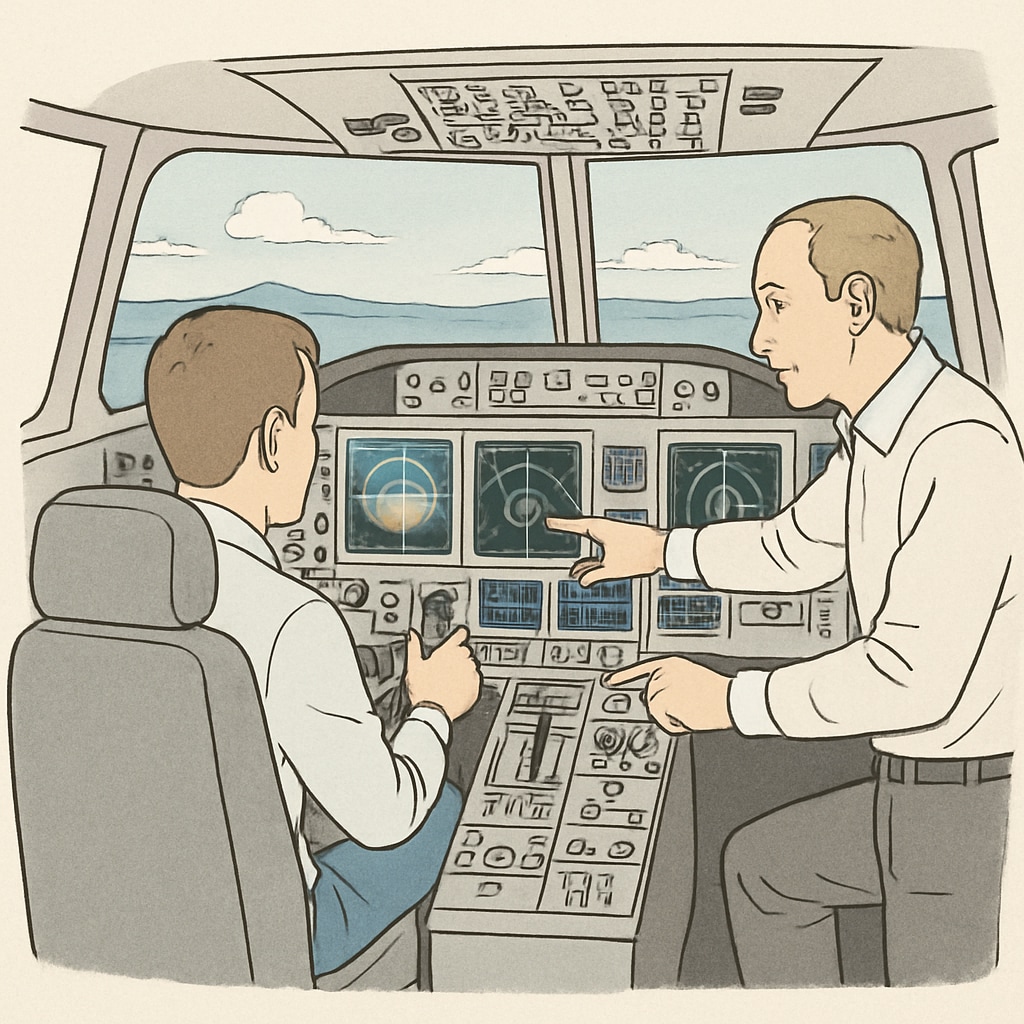Securing funds for CPL (Commercial Pilot License) training can be a significant hurdle for aspiring pilots. However, introducing aviation-related education during the K12 phase could play a crucial role in paving the way for future aviators. By integrating aviation topics into the curriculum and providing career guidance, schools can inspire students to pursue flying while equipping them with resources to address the financial challenges associated with CPL training.

Inspiring Aviation Dreams Through K12 Education
Early exposure to the world of aviation can spark curiosity and interest among students. Introducing aviation concepts—such as the principles of flight, the roles of pilots, and the basics of aerodynamics—during the K12 years helps students envision a career in aviation. For example, science classes could include lessons on aerodynamics, while geography lessons might cover air routes and global connectivity.
Extracurricular activities, such as aviation clubs, field trips to airports, or guest lectures by professional pilots, can further enrich students’ understanding of the industry. As a result, these initiatives not only inspire students but also create awareness of the steps required to become a pilot, including obtaining a CPL.
Integrating Aviation Into the Curriculum
The integration of aviation into the K12 curriculum is both feasible and beneficial. Schools can develop specialized programs or elective courses that focus on aviation and aerospace. These courses might include topics like the history of aviation, modern aircraft technology, and flight simulations. Such programs can also introduce students to career paths in aviation, including roles like pilots, air traffic controllers, and aerospace engineers.
In addition, partnerships with aviation academies and local airports can offer students hands-on experiences. For example, students might participate in flight simulator training or attend workshops led by industry professionals. These experiences not only solidify theoretical knowledge but also motivate students to pursue CPL training.

Addressing Funding Challenges for CPL Training
One of the biggest obstacles for aspiring pilots is the financial burden of CPL training, which can cost tens of thousands of dollars. Schools and communities can play a vital role in addressing this issue by providing guidance on scholarships, sponsorships, and loan programs. For example, students can be introduced to aviation-focused foundations or organizations that offer financial aid to promising candidates.
Mentorship programs can also connect students with professionals in the aviation industry who may be able to guide them toward funding opportunities or even sponsor parts of their training. Additionally, schools could collaborate with local businesses or government agencies to establish scholarship funds dedicated to CPL training.
Building a Pipeline for Future Pilots
By fostering aviation interest and career readiness in the K12 phase, schools help build a pipeline of future pilots who are equipped to overcome challenges like funding. This proactive approach not only benefits individual students but also addresses broader industry needs, such as the global shortage of commercial pilots.
In addition, nurturing aviation talent from an early age ensures diversity in the industry, providing opportunities for students from various backgrounds to pursue their dreams of flying. As a result, schools contribute to creating a more inclusive and skilled workforce in aviation.
Readability guidance: Use engaging and clear language to make aviation concepts accessible to readers. Maintain short paragraphs for readability, and use lists or bullet points where appropriate to summarize key ideas. Aim for a balance of theoretical insights and practical solutions.


